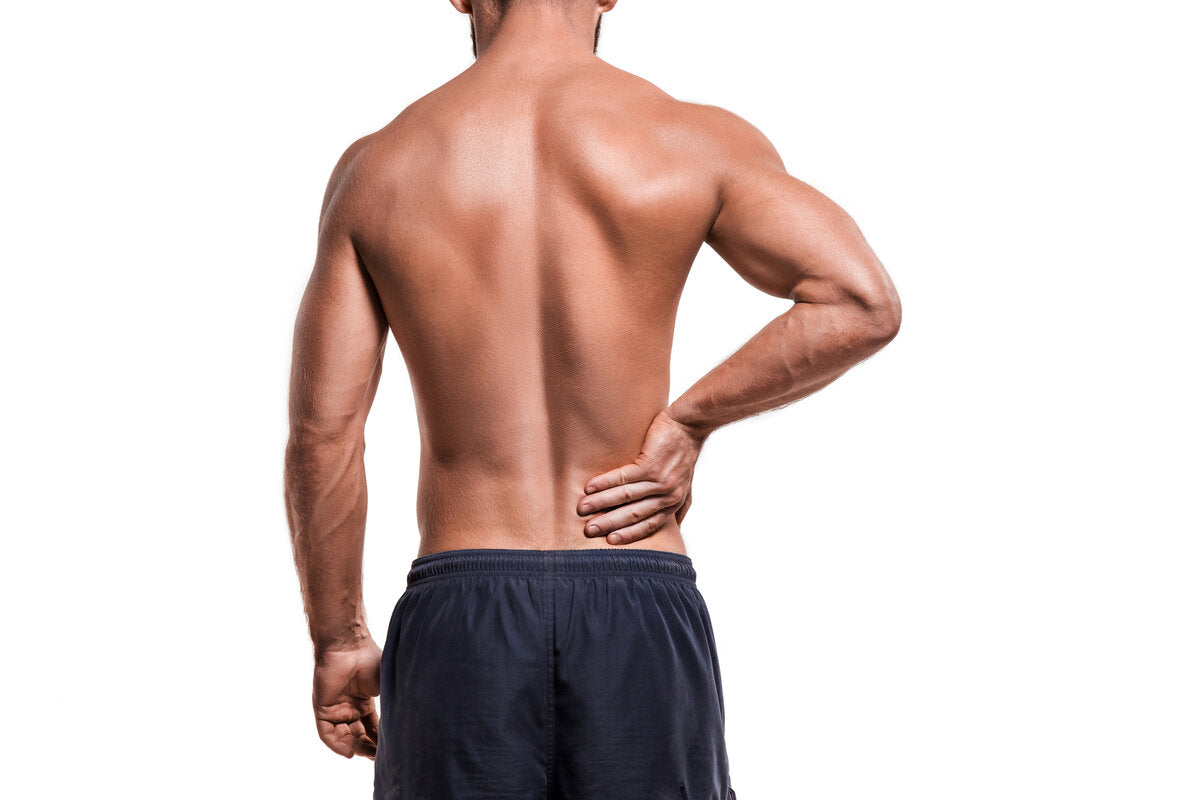
Lower back pain affects about 80% of the population at some point. It's the third most common factor to see a doctor and the second leading cause of missing work.
Back pain can come from a long list of reasons: strains and sprains, herniated discs, and fractures on the various other. Less serious and more common culprits include: daily habits like; poor body posture, slouching while seated, or carrying a heavy bag on your shoulder.
The best medicine isn't surgery or pills. It's exercise.
While not every workout will do, Pilates is one that can. Whether you take a class or hit the mat at home, exercising these low-impact routines can help relieve back pain, also, to avoid it. Pilates focuses on core strengthening, an evidence-based recovery method for lower back pain.
Combining deep breathing and short, precise movements strengthens your deep abdominal and back muscles.
Try these Pilates moves:

Plank Singles
How to do them
Start on your stomach, propping your upper body onto your forearms, toes pressed into the floor. Draw your abs in and use your core to press your knees up into a forearm plank position. Reverse the steps, using your abs to control your knees back down, then your stomach, to starting position.
How it helps your back
Plank variations like plank singles lower the strain on your back by forcing your deep core muscles to do all the work.
Swimmers
How to do them
Lie on your stomach with your arms extended, your head and neck lifted off the ground. At the same time, lift the opposite leg and arm, hold for a moment, and then return them to the starting position. Repeat on the other side.
How they help your back
Moves that begin with a stomach-down position like Swimmers; fire up the multifidus so that it supports your spine better.
The Hundred
How to do them
Lie on your back with your knees raised to do a 90° angle in your legs, head, and shoulders lifted off the mat. Pushing your core muscles into the mat, pulse your arms up and down in a minimal motion. The goal is to do 100 pulses, but if you're starting, try 50.
How it helps your back
This traditional Pilates move balances both breathe in and breathe out, so your diaphragm can engage the muscles that support the spine, reducing the risk of injury.
Shoulder Bridges
How to do them
Lie on your back with your knees bent, arms at your side. Lift your butt from the ground to develop a straight line from your knees down to your shoulders, keep your core tight, and don’t arch your lower back. Return to the starting position.
How it helps your back
This move uses gravity to take the pressure off the pelvic floor while strengthening it at the same time.
 |
Seat Cushion Back Support SetThe Seat Cushion Back Support set is an irreplaceable pain relief helper. If you are constantly having backaches throughout the long workday in the office or a car drive, this product is for you. It does not only relieve symptoms of different health problems but also helps to prevent injuries of your spine. The set is also suitable for wheelchair, plane, recliner, couch and stadium seats so you could feel comfortable wherever you go! |
But Pilates is more than just a physical workout.
The six principles-- centering, concentration, control, precision, breathing, and flow -- may focus on Pilates' physical aspect, but continued practice can boost mental well-being. By learning to focus on your breathing, you center yourself and become a lot more aware of your body. This meditative quality to Pilates lends itself to decreasing aspects that worsen pain like stress and anxiety.
Further studies have also shown that expert meditators have a thicker cortex associated with lower pain sensitivity. So, long-term meditation might then lead to enhancing parts of the brain that directly affect pain perception.
The combination of positive physical and
mental responses to Pilates is a big part of why many rehab facilities have incorporated it into their programs. "It's a workout anybody can do," states Kiser Schemper. "It's very accessible to all fitness levels and easy to make it more or less challenging."
With its "stickability" variable, Pilates makes it very easy to reduce pain in the back and prevent new injuries from developing.






